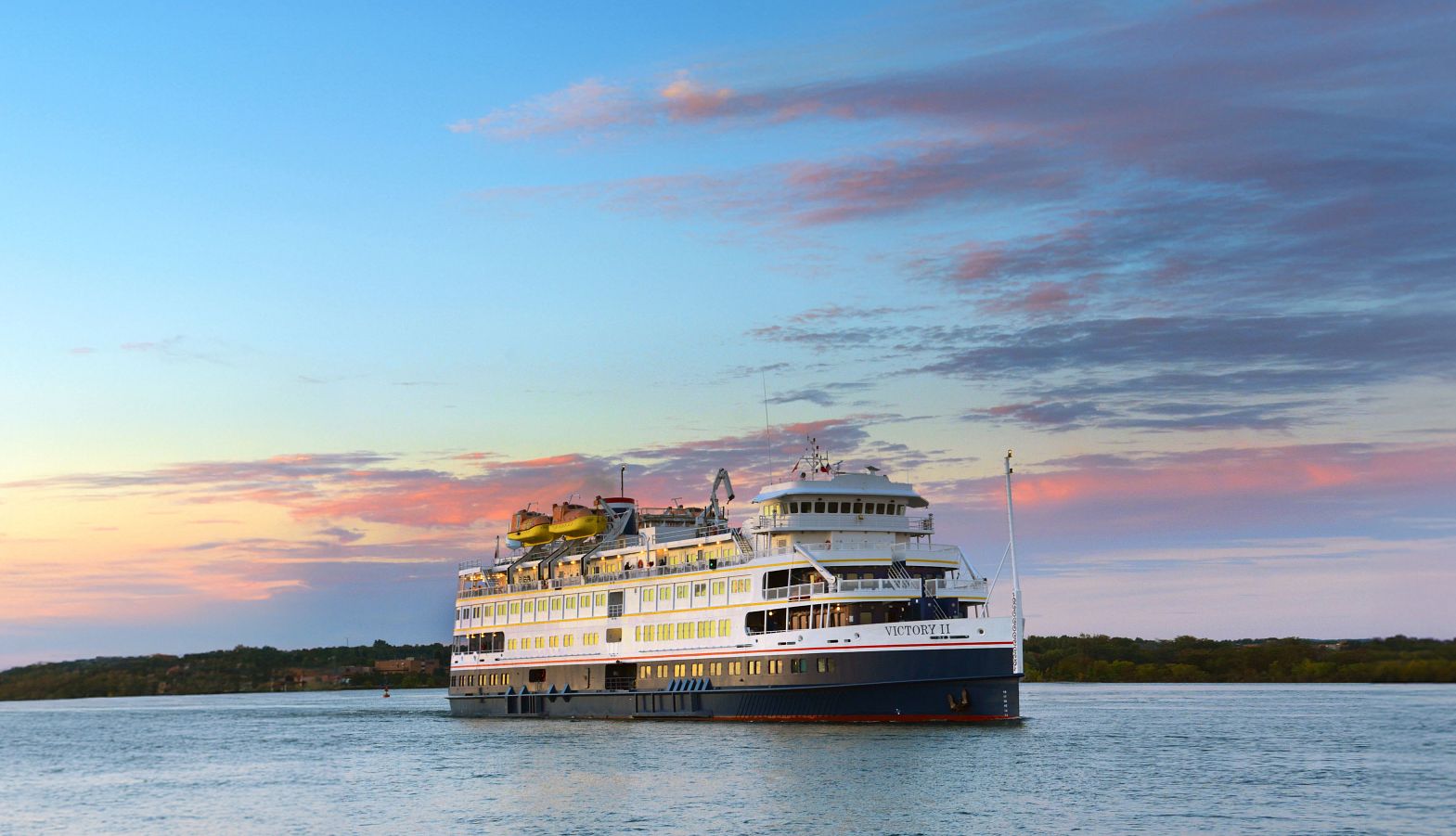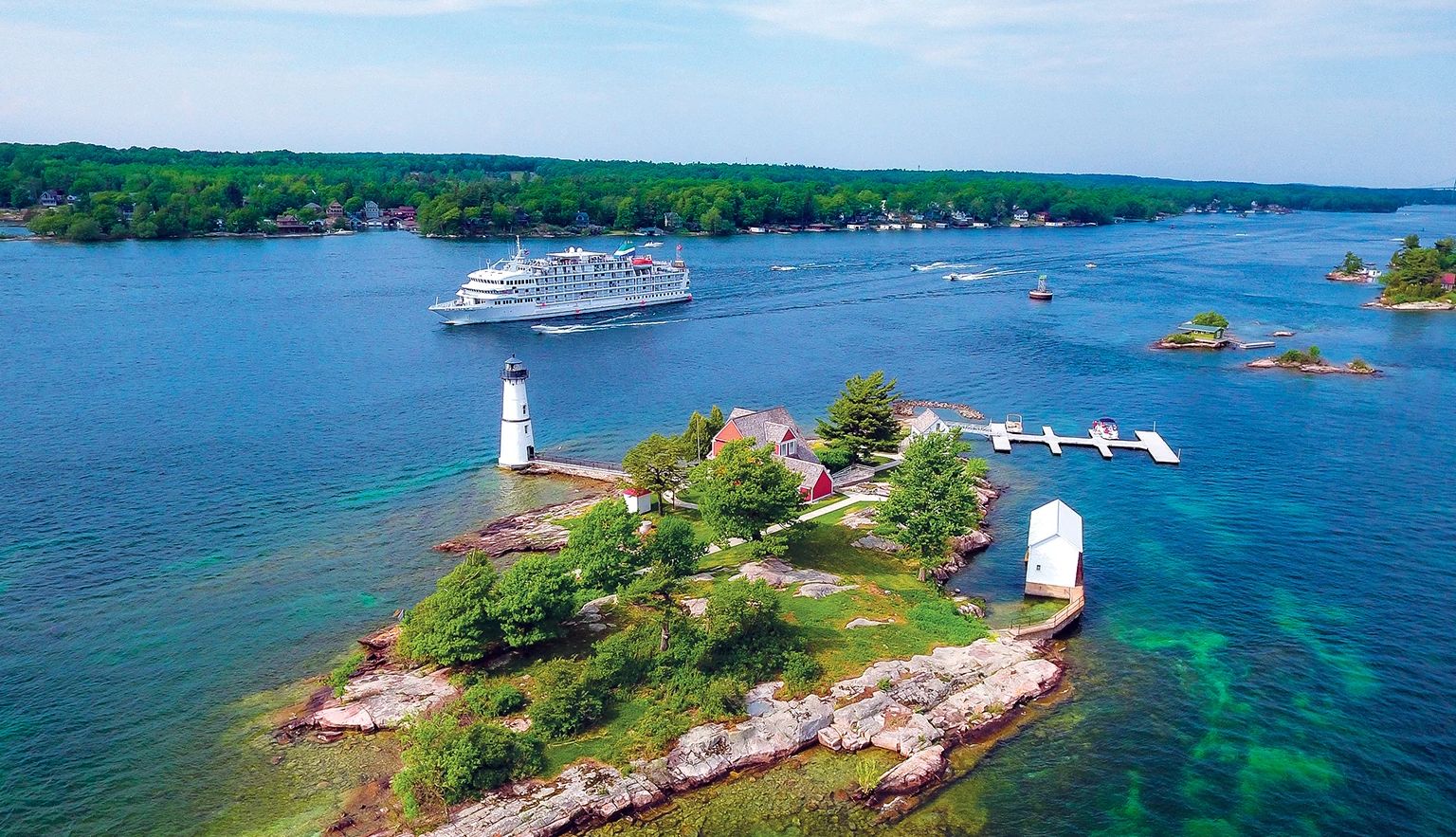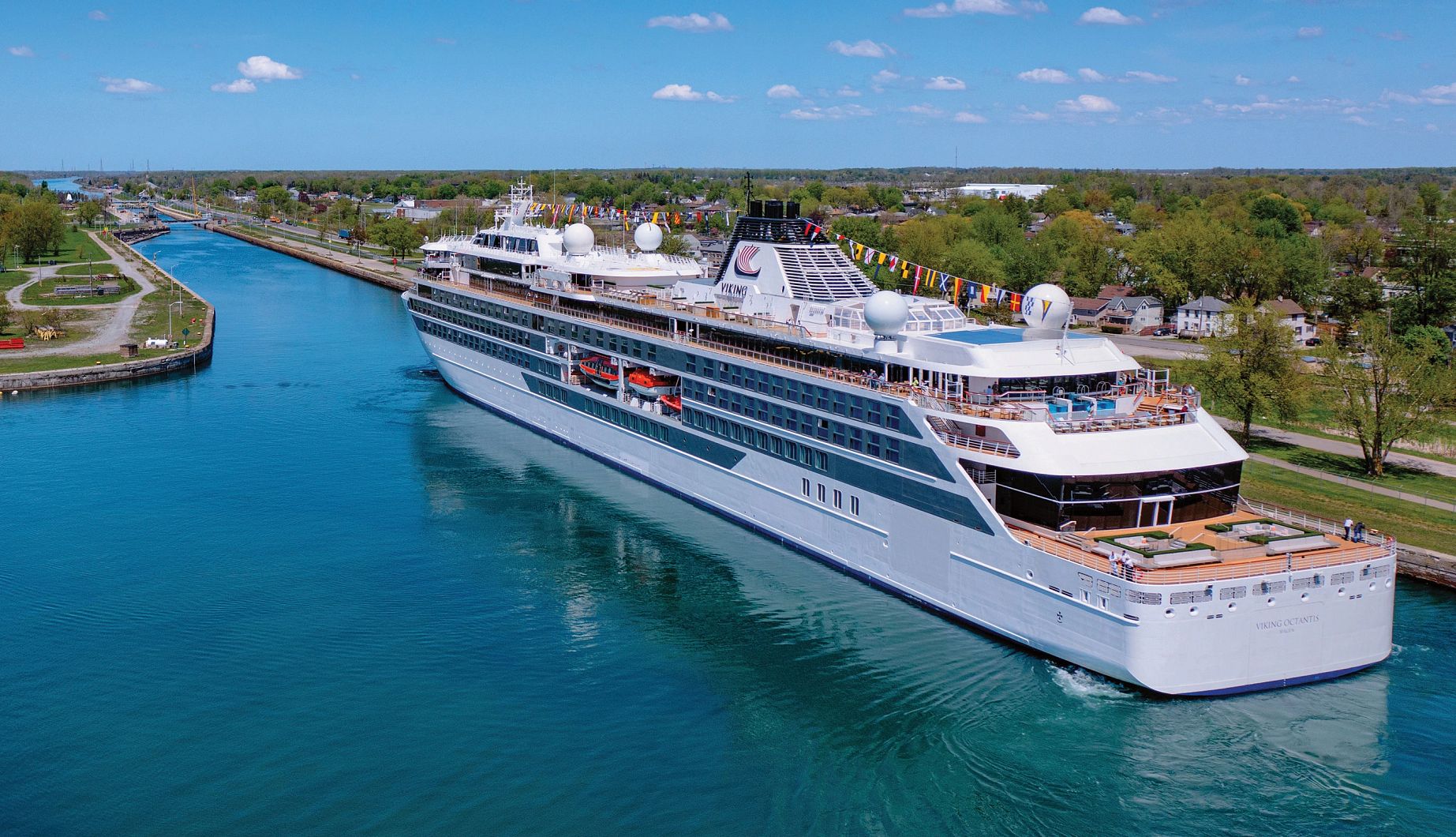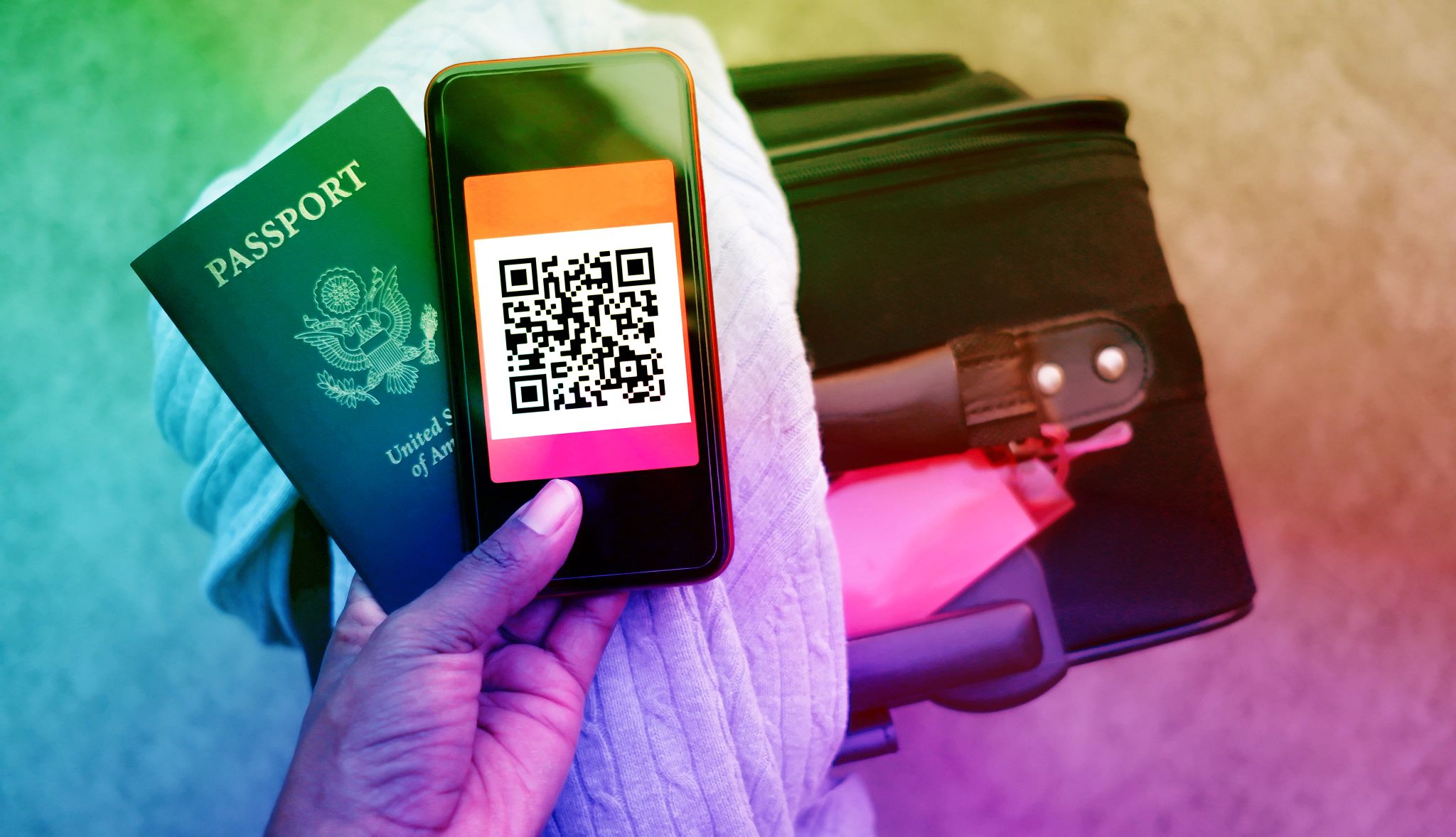AARP Hearing Center
After countless river cruises in the United States and trips abroad, Troy and DeAnn Underwood, 89 and 86, respectively, opted to join a Great Lakes cruise this spring.
The Palo Alto, California, couple embarked on the maiden voyage of the Victory 1, a 190-passenger ship sailing from Portland, Maine, to Toronto. Their 11-night cruise included stops in Montreal and Quebec City before reaching the Great Lakes.
“This is our first time in this part of the world. I’m really looking forward to all of it,” says Troy Underwood, a retired electrical engineer who, on day two, was already contemplating a return trip to cruise deeper into the Great Lakes. “I’d really like to see Chicago and sail up Lake Michigan to Mackinac Island.”
Interest in cruising the Great Lakes – Ontario, Erie, Huron, Michigan and Superior – is growing, mainly attracting Americans and some Europeans who have already sailed the Mediterranean, the Caribbean and other seas. According to John Schmidt, program manager for Cruise the Great Lakes, a regional cruise marketing program representing both the Canadian and American sides of the lakes, 22,500 passengers are expected to cruise the Great Lakes in 2025, up from 4,500 in 2008.
Cruise line representatives say the cruises appeal mostly to older travelers in their 50s and above who are often retired, educated, and well-traveled. Generally, these travelers are seeking laid-back, enrichment vacations.


“These cruises don’t really attract the cocktail umbrella crowd. These are not people who want to party and do a big booze up,” says Schmidt.
According to AARP’s 2025 Travel Trends report, 7 percent of travelers 50-plus anticipate taking a cruise this year. Among them, they’ve taken an average of 12 cruises. Avid cruisers, these vacationers see many benefits in traveling by ship, the survey found. Of note, they like being able to visit multiple destinations and find cruising the best way to relax.






































































